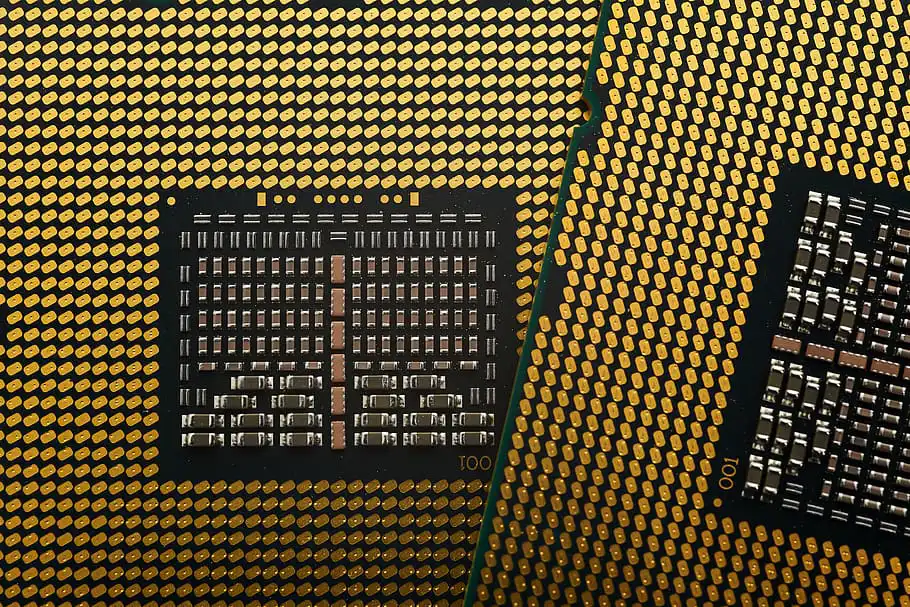Detecting recent cannabis use
The advancement of science is unending, and this is explicit in the field of drug testing. Scientists have been grappling with the ability to accurately detect recent use of cannabis in individuals. The linchpin in this struggle has been the fact that a person's body metabolizes cannabis at different rates, making it challenging to pinpoint the exact time of usage.
Now, new research has emerged that could signify a breakthrough in this area. Scientists at the University of Colorado Anschutz Medical Campus have recently published their findings in this respect. According to them, a specific biomarker can potentially reveal whether an individual has used cannabis in the last few hours.

The issue has always been that while cannabis can easily be detected in a person's system, pinpointing the timing of use has been a tough nut to crack. This has caused problems in situations where identification of recent use is crucial, such as road safety, workplace safety, and in the medical field.
This new breakthrough hinges on a specific blood level of THC:OH-THC ratio. When this ratio is greater than one, it is a considerable indicator of recent use. This ratio quickly drops below one after a few hours of use, helping determine if the consumption was indeed recent.
The study's methodology
To validate their assertion, the research team conducted a comprehensive study. Their subjects comprised cannabis users who were administered varying doses of cannabis. Blood samples were collected from these individuals at different time points to check the THC:OH-THC ratio.
The results were encouraging. The team discovered that when the THC:OH-THC ratio is greater than one, a user had indeed used cannabis in the recent past. Notably, this research signifies an advance in the detection methodology.
Although this ratio acts as an effective indicator of recent use, the researchers noted that metabolic variations could affect it. Different individuals will metabolize cannabinoids at different rates. This calls for further studies to validate the threshold for detecting recent use in varied demographic populations.
The researchers, therefore, see their findings as a stepping stone into an extensive investigation that would address these variations. Eventually, this would enable the development of a more definitive test.
The implications of the research
This research could potentially revolutionize the approach to detecting recent cannabis use. With the current surge in the legalization of recreational and medicinal marijuana, this study becomes even more critical. Reliable detection is crucial in many situations, including in the regulation and enforcement of drug-impaired driving laws.
For instance, employers need to ensure workplace safety by preventing impairment on the job. In the medical field, doctors need to be aware if a patient has recently used cannabis, as it might influence their medical decisions. In all these areas, an ability to accurately detect recent cannabis use will be highly advantageous.
This breakthrough also has clinical implications. As an increasing number of states legalize medicinal cannabis, patients need assurance that powerful analgesics won't severely hamper their daily lives. Therefore, an ability to accurately and reliably detect recent cannabis use could reassure these patients and assist healthcare providers to manage therapeutic use more effectively.
Looking forward, with more states and countries considering the legalization of cannabis, the need for accurate detection mechanisms will only increase. Thus, breakthroughs like this recent study are not only relevant but also crucially necessary in the current scenario.
Challenges in the implementation
Although this research heralds a major advancement, it presents some challenges. Detecting the THC:OH-THC ratio in blood is a more invasive procedure compared to urine or saliva tests. It would require drawing blood, a scientifically and legally complicated process.
Additionally, an individual's metabolic variations could influence the value of the ratio. Different cannabinoids are metabolized at different rates in different individuals, potentially impacting the detection threshold. Hence, a need for a more nuanced, individual-based approach arises.
Still, these obstacles do not minimize the potential impact of this study. They simply underline the need for further research and refinement in this direction.
Importantly, the researchers are already aware of these challenges and are working towards creating a more definitive test. They foresee extensive studies to validate the threshold in different demographic populations and various use scenarios, setting the stage for more advances in this field.
The future of cannabis detection
In conclusion, this research has made a significant contribution to the field of cannabis detection. From a scientific perspective, it highlights the importance of continuous research and development in addressing a persistent problem.
Despite the challenges this new detection method might pose, the potential benefits far outweigh them. The development of this new detection method does not just end at improving workplace and road safety. It opens up the potential for new avenues in medical treatment and pain management.
While the science of cannabis detection has always been a complex blend of biology, chemistry, and technical artistry, this research provides hope in establishing a more definitive method. Thus, it paves the way for future studies that will further enhance our understanding in this field and help in the systematic and responsible use of cannabis.
With all this potential and challenge, it becomes evident that the field of cannabis detection is a burgeoning area of study. As more learnings get added to this sphere, we can confidently look to a future where the detection of recent cannabis use becomes devoid of any ambiguity.